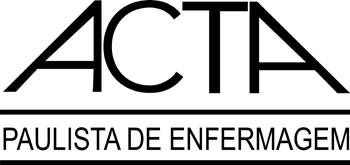Resumen
Objetivo
Analizar la correlación entre cultivo microbiológico, prueba de ATP por bioluminiscencia e inspección visual en el monitoreo de la eficiencia de la limpieza y desinfección de superficies en una unidad ambulatoria y determinar el valor de referencia de ATP-bioluminiscencia que indique que la superficie está limpia con relación a la evaluación microbiológica.
Métodos
Estudio exploratorio, longitudinal y correlacional. Se realizaron 720 evaluaciones en cinco superficies antes y después de la limpieza y desinfección. En los resultados, se realizaron análisis de dos proporciones: la correlación de Spearman y la curva ROC.
Resultados
Hubo proporciones semejantes (p≥0,05) entre los índices de reprobación solo entre ATP-bioluminiscencia y recuento de colonias aerobias (RCA) cuando se sumaron las evaluaciones de todas las superficies antes y después de la limpieza y desinfección. Hubo una correlación significativa entre los métodos de cuantificación de ATP y el recuento microbiano en el mostrador de la recepción y la camilla. El análisis ROC indicó que la cuantificación de ATP presentó un resultado significativo en la comparación con el RCA (p=0,044).
Conclusión
Hubo una correlación significativa, aunque discreta, entre los métodos de cuantificación de ATP y recuento microbiano en dos superficies. Se sugiere que las superficies que presentan valores ≤49 unidades relativas de luz están limpias.
Adenosina trifosfato; Monitoreo fetal; Servicio de limpieza; Desinfección; Atención ambulatoria


